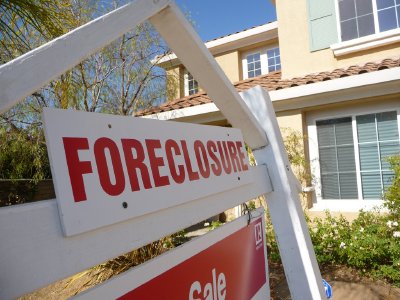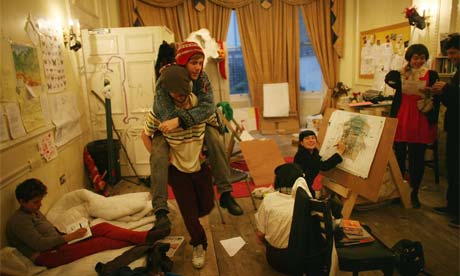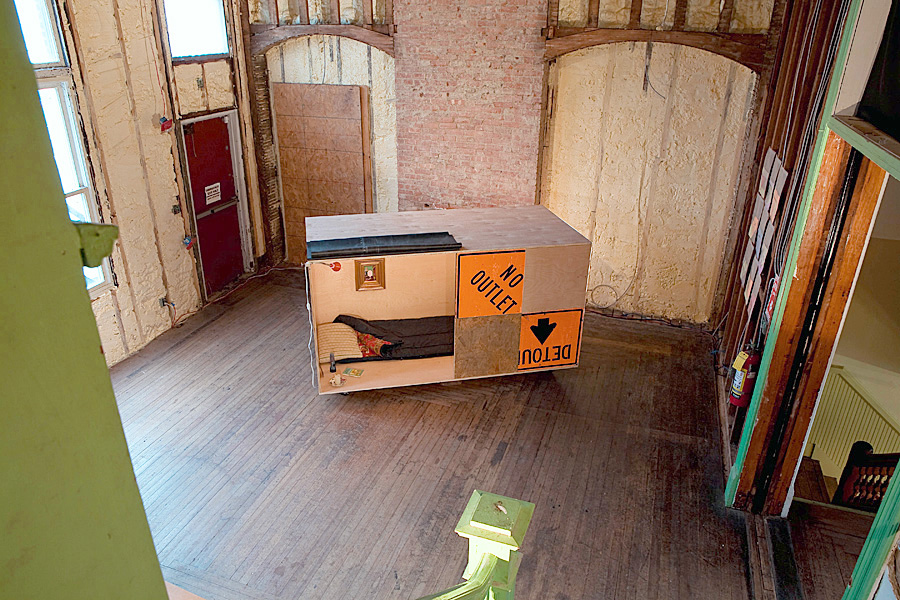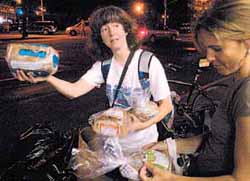
The difference between housing built for people and by people is clear in Mundasahi in Cuttack and Chandrabhaga in Konark - two "urban villages" that suffered in the cyclone. In each of these settlements, the Lion’s Club International Foundation, based in Oak Brook, Illinois, built around 20 uniform, ground-floor, one-room structures under their Orissa Cyclone Rehabilitation Programme. These were among 360 rehabilitation housing units for which the club donated US$500,000 in 2000.
These are essentially boxes with cookie-cutter designs that appear to have been air-dropped in the settlements. Designs lack provisions for a toilet or kitchen area. They are totally out of touch with local lifestyles and livelihoods: In the fishing village of Chandrabhaga, there is no room for storing or processing fish. In Mundasahi, a tribal settlement, there is provision for a traditional outdoor earthen stove. The houses are small compared to area standards. In Chandr
 abhaga, two families must split a house no bigger than 150 square feet, at least half the size of typical huts. Based on community norms, sharing a house undermines the status of these households. In Mundasahi, the structures are nine-feet short of the size of the plot that households h
abhaga, two families must split a house no bigger than 150 square feet, at least half the size of typical huts. Based on community norms, sharing a house undermines the status of these households. In Mundasahi, the structures are nine-feet short of the size of the plot that households h old — a terrible waste when every inch counts. Inside, the NGO erected a simple partition that does not use space well. Taken as a whole, the standardized structures give an impression of lifelessness compared to the rich atmosphere of the organic villages. As a result, many of the houses lie vacant. In Mundasahi, where they are somewhat better integrated, households have done their best to adapt the structures by building extensions.
old — a terrible waste when every inch counts. Inside, the NGO erected a simple partition that does not use space well. Taken as a whole, the standardized structures give an impression of lifelessness compared to the rich atmosphere of the organic villages. As a result, many of the houses lie vacant. In Mundasahi, where they are somewhat better integrated, households have done their best to adapt the structures by building extensions.In the same sites, homes that residents themselves designed and built after the disaster stand as a vibrant counterpoint. Some of these houses were built with the support of loans from the Orissa Slum Dwellers Federation and Mahila Milan, grassroots group of the poor w
 ho, with the support of an NGO, manage savings groups and slum surveys, take on precedent-setting housing and infrastructure projects and negotiate with the government about evictions, basic services and other shelter
ho, with the support of an NGO, manage savings groups and slum surveys, take on precedent-setting housing and infrastructure projects and negotiate with the government about evictions, basic services and other shelter and planning issues. In this case, households took out loans against their own savings, designed their homes (many learned affordable construction techniques through exchanges with peers in other cities and a few worked through a participatory process with a volunteer architect) and hired local labor for construction — contributing plenty of sweat equity of their own.
and planning issues. In this case, households took out loans against their own savings, designed their homes (many learned affordable construction techniques through exchanges with peers in other cities and a few worked through a participatory process with a volunteer architect) and hired local labor for construction — contributing plenty of sweat equity of their own. By any standard, these are better homes. The families use space in a
By any standard, these are better homes. The families use space in a  way that maximizes its efficiency according to the family's structure, activities and culture. A home in Mundasahi includes a covered stoop used for storage and traditional cooking. There is also a kitchen, a toilet area and a courtyard at the back. The interior is also organized in a way that considers the sleeping arrangements, privacy and storage needs of the family. It connects onto a communal roof terrace used for drying laundry, storage, livelihood activities and festivals. These homes become an important asset for the family.
way that maximizes its efficiency according to the family's structure, activities and culture. A home in Mundasahi includes a covered stoop used for storage and traditional cooking. There is also a kitchen, a toilet area and a courtyard at the back. The interior is also organized in a way that considers the sleeping arrangements, privacy and storage needs of the family. It connects onto a communal roof terrace used for drying laundry, storage, livelihood activities and festivals. These homes become an important asset for the family. They can be extended over time, as the household grows and more finance becomes available. Because the family helped pay for and design the home themselves, it's a marker of pride and status. Individualized, crafted with attention to aesthetics and in tune with the local typologies, these houses make for better maintained, more interesting, and thereby better functioning neighborhoods. They adapt better to the climate and use money well, as people know what materials are available at what prices.
They can be extended over time, as the household grows and more finance becomes available. Because the family helped pay for and design the home themselves, it's a marker of pride and status. Individualized, crafted with attention to aesthetics and in tune with the local typologies, these houses make for better maintained, more interesting, and thereby better functioning neighborhoods. They adapt better to the climate and use money well, as people know what materials are available at what prices.
Post-disaster situations, in which large amounts of relief funding must be spent quickly and affected populations are viewed as victims, accelerates the tendency to build from the top. This will become a bigger issue as climate change increases the frequency and intensity of large-scale calamities. However, the model of addressing shelter deprivations by treating the urban poor as beneficiaries is not limited to post-disaster situations. Many government schemes and development programs are oriented around this paradigm.
One can argue that beggars can't be choosers, but that's missing the point. Poor people aren't beggars, and they have the skills and knowledge to produce the housing solutions that work best for them; in fact, self-construction has always been the primary way of producing affordable housing, despite lack of access to housing finance and rights to land.
Although the cyclone left people in a terribly difficult situation, a crisis is often the perfect opportunity to build or strengthen community-led efforts. The available pools of money are the perfect chance to invest in sustainable and affordable housing — which was an issue before the disaster ever hit. Money is wasted if houses are left vacant or will be obsolete tomorrow. Orienting funding and systems towards supporting local construction processes — before or after the storm — is a more cost-effective investment, creates better homes and neighborhoods and does more to create sustainable shelter and lift families out of poverty.
Photos by Katia Savchuk



















